Scaling Horizontally & Removing Limitations with Basis & HAProxy

Integration with all major ad services.
11 years of market leadership.
Providing services across North America, South America, and Europe.
About Basis
Basis Technologies, formerly operating as “Centro,” is a leading provider of cloud-based workflow automation and business intelligence software for marketing and advertising functions within enterprises. Its SaaS platform is composed of a suite of integrated applications that automate manual operations, standardize business processes, and improve marketing and advertising performance. The technology provides a comprehensive selection of buying methods across all channels and devices, utilizing all major creative types and formats. Basis platform creates a single system of record, seamless team collaboration, and actionable data-driven insights yielding material gains in productivity and increased profitability for users. Headquartered in Chicago with offices providing services to North America, South America and Europe, Basis Technologies has received numerous accolades for its commitment to employees and workplace culture.
The Challenge
Back in 2014/2015 Basis was using hardware appliances for load balancing hundreds of thousands of QPS (Queries Per Second) reaching its DSP (Demand Side Platform) endpoints. The rising demand of QPS and the industry moving into securing the exchange of data in transit have introduced new challenges for scaling the load balancing layer.
Production Operations Team needed to reassess the requirements for the future of their platform and for scaling the load balancers effectively. At that point, scaling with hardware appliances was deemed ineffective. It would incur a significant increase in costs with limited vertical scalability. In addition to that, to support secure traffic through HTTPS, network topology changes would be required, which would introduce increased response times.
The Objectives
The objectives were simple:
Find an effective way to scale load balancing, horizontally vs. vertically.
Remove limitations on the network, keeping high performance and low latency as fundamental aspects for the setup.
The following is one of the comparisons Production Operations Team has made in the past while researching options:
Cost | |
|---|---|
Software Load Balancer - HAProxy | Hardware Load Balancer |
|
|
Scalability & Elasticity | |
Software Load Balancer - HAProxy | Hardware Load Balancer |
|
|
Functionality & Flexibility | |
Software Load Balancer - HAProxy | Hardware Load Balancer |
|
|
Security | |
Software Load Balancer - HAProxy | Hardware Load Balancer |
| |
Maintenance & Patching | |
Software Load Balancer - HAProxy | Hardware Load Balancer |
|
|
Performance | |
Software Load Balancer - HAProxy | Hardware Load Balancer |
|
|
Cloud friendly | |
Software Load Balancer - HAProxy | Hardware Load Balancer |
|
|
Monitoring & Observability | |
Software Load Balancer - HAProxy | Hardware Load Balancer |
|
|
Integrations | |
Software Load Balancer - HAProxy | Hardware Load Balancer |
|
|
Extra | |
Software Load Balancer - HAProxy | Hardware Load Balancer |
|
|
The Solution
That is when the team started thinking about software load balancers. The team was no stranger to HAProxy – most of the members were well-acquainted with the software. However, they were not expecting the scalability scenario, functionality, control, and flexibility gains that HAProxy brought to the table.
“We had a very tiny deployment of HAProxy, which was used for load balancing some really insignificant amounts of traffic, and it worked splendidly. With the technology we had at the time, we started benchmarking it based on our use-case,” said Eduard Rushanyan, Director of Production Operations for Basis Technologies.

Basis Technologies has received numerous accolades for its commitment to employees and workplace culture
The benchmarks the team performed were showing promising results from a performance standpoint, especially when it came to securing traffic using HTTPS. With the help of the HAProxy community, Basis was able to optimize their load balancer deployment to maximize the performance of their CPUs. At that point, their software solution was running laps around their previous hardware deployment, so the team decided to embrace HAProxy Enterprise as the way forward.
After receiving recommendations from HAProxy Technologies, the team then implemented several Enterprise features such as EBGP with route health injection, Lua lookups, and map files to optimize the traffic flow and have better control over it.
The Results
The results were everything that the team was expecting. HAProxy Enterprise’s adaptability and scalability proved to be just what their setup needed, handling increased secure traffic with ease even with the initial configuration.
While the rigidity of hardware boxes had been the standard in the industry for a while, the move to HAProxy turned out to be worth the time and effort. Backed by the HAProxy Technologies support team, Basis has been able to quickly adapt to anything that has been thrown at them in the years since switching.
“We moved away from hardware load balancers, and we have only scratched the surface of what HAProxy Enterprise can provide us. We see up to 50% room to grow with further optimization and we are excited to see what else we can automate and improve on the current setup,” said Eduard Rushanyan.
Today, Basis is processing millions of QPS and hundreds of gigabytes per second of traffic across globally distributed data centers and cloud systems using HAProxy.
Interested to learn more about HAProxy use cases? Explore our Success Stories page.